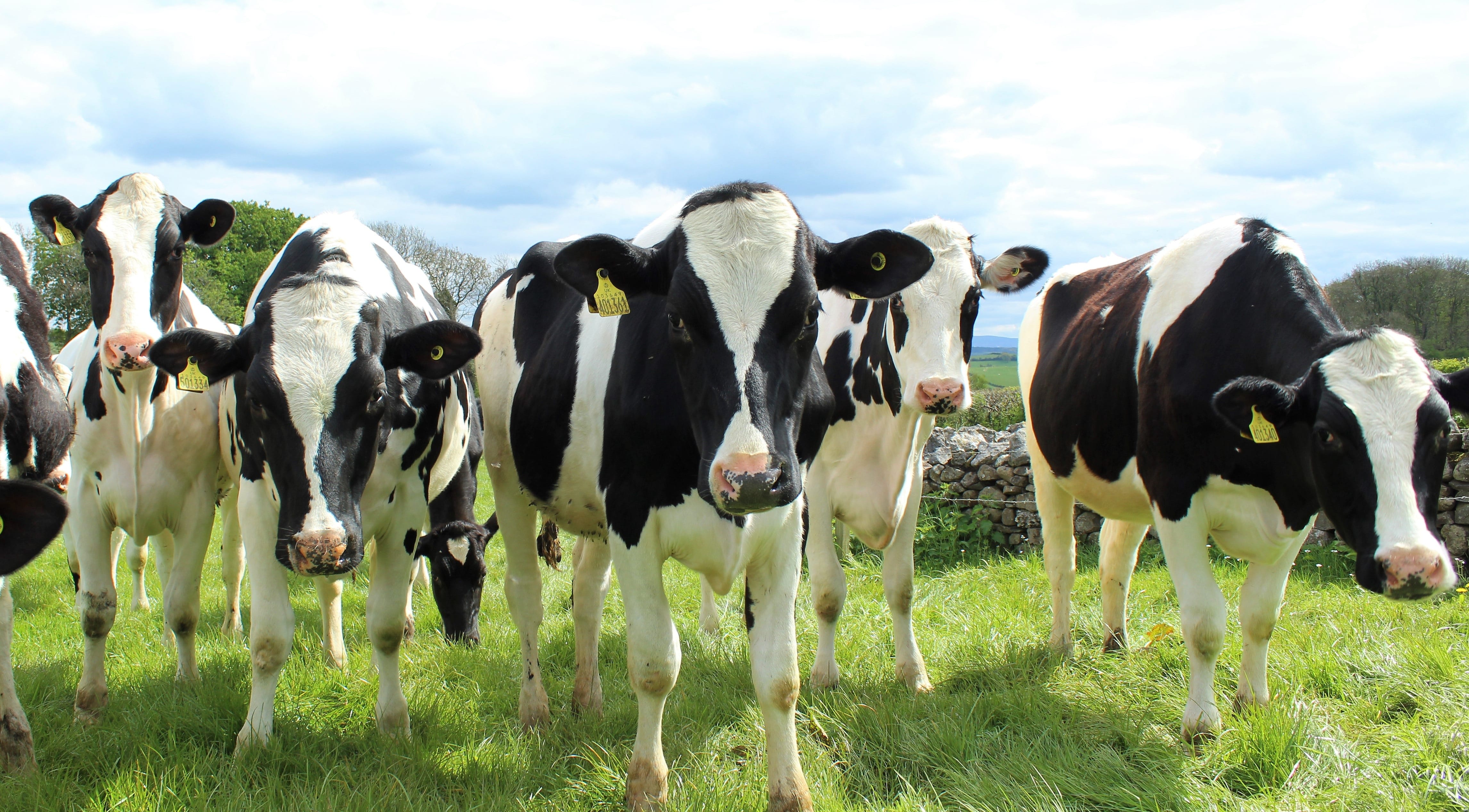ROB FAIRLEY
Shock in any species can have effects on the gut, but of the species we deal with it is most evident in cattle.
When cattle go into shock blood often pools in the splanchnic circulation. This is due to venous congestion and not arteriolar dilation. The congestion can affect the abomasum, but most often the intestines, and it may be patchy to widespread. If you have been in large animal practice for a while you will have seen this at post-mortem. Most of you call it haemorrhagic enteritis, even though it is not. The congestion may be so bad that red blood cells (RBCs) suffuse through the mucosa and colour the contents red.
What if an animal develops severe intestinal congestion from shock and then lives for a while?
We see this each spring in particular but it can occur at any time. A cow may have profound milk fever for example, but then be pulled from death’s door by treatment. She may survive just fine but we also see cases each year where one or two days later the cow develops fatal haemorrhagic diarrhoea.
What has happened here?
What has happened is that when the cow was severely affected with hypocalcemia, it was in shock and the resultant congestion in the gut went on long enough for the mucosa to become hypoxic and undergo superficial necrosis. Fluid and RBCs then pour into the lumen and watery haemorrhagic diarrhoea develops. Gut bacteria take advantage of the devitalised mucosa and can secondarily inflame the gut (and they may gain entry into the body and further compound things).
The clinical entity is called “shock gut” – and by the way, it occurs in people too. Of course, shock can be a consequence of any severe disease – milk fever was used as an example but it can occur secondary to any severe process – toxic mastitis, septicaemia, severe trauma, stress from a severe calving etc.
The usefulness of knowing about this is realising that haemorrhagic diarrhoea is not necessarily infectious. It may provide you with some relief when you frustratingly can’t diagnose an infectious cause for your case of haemorrhagic diarrhoea.
How many of you have done cultures looking for Salmonella in cases of haemorrhagic diarrhoea and not found it?
A lot of you I know, as we see the negative culture results. Of course, salmonellosis itself can result in septic shock and lead to the same issue. Shock gut is not something that can specifically be diagnosed histologically but it can be inferred from the clinical context, the absence of a pathogen, and not finding histological lesions typical of a known infectious agent.
So, when you next get a case of haemorrhagic diarrhoea, I’m not suggesting you jump to the conclusion that it is due to shock but I am suggesting that you consider it among your differentials. You should definitely consider infectious causes but if you can’t find anything infectious, see if there is something in the history that could be a cause of shock and intestinal compromise. Prior metabolic disease will be one of the common ones.

